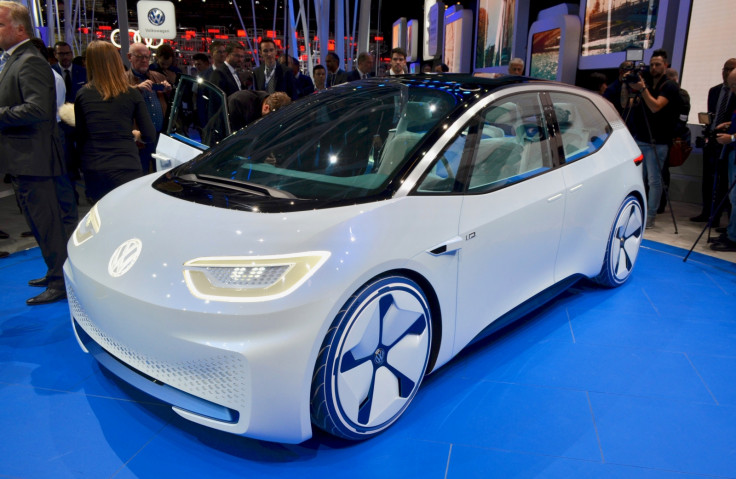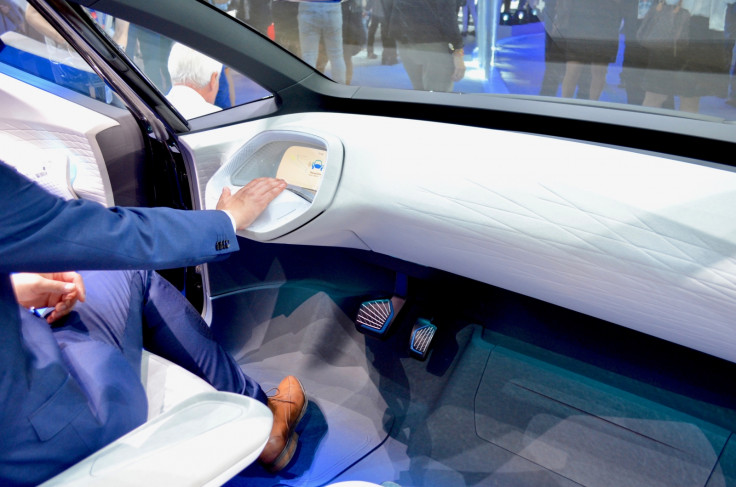Meet Volkswagen's electric, self-driving Golf of 2025
VW expects to sell one million electric cars per year by 2025, and for this ID concept to be self-driving.
What you are looking at here is, if you ignore the concept car wheels and blue tyres, what the electric, autonomous VW Golf of 2020 and beyond will look like. It is called the Volkswagen ID and has been revealed at the Paris Motor Show 2016.
The four-seat hatchback is claimed to have an all-electric range of between 400Km and 600Km (250-375 miles), and a retractable steering wheel which disappears into the dashboard is a more than subtle clue that Volkswagen has self-driving firmly in mind.
VW also says the ID is merely the first of an entire range of electric cars due to launch before 2025, by which time the company expects to be selling one million electric cars per year. Recharging the ID's battery to 80% will take a claimed 30 minutes.
Unlike Tesla Autopilot, which is available now but requires the driver to keep hold of the steering wheel while the car drives itself, the ID's 'Pilot' mode will see the wheel retract into the dashboard. Building consumer confidence to the level required to fully trust a car will clearly be an uphill battle, but one VW and others is confident of winning before the end of this decade.

In 2020, VW expects to sell an electric car based on the ID at the same price as a comparably powerful and well-equipped Golf. By 2025 the company intends a car based on the ID shown today to be fully autonomous when the driver wants to entirely hand over control.
Not only does VW see the car driving its owner around for them, the company also wants to let it drive all on its own, with no one inside. This feature would allow the driver to leave their ID at the entrance of a car park, then leave it to find a space and park. They would then beckon it back out using a smartphone app when they wanted to go home.

Although the car seen in Paris might not arrive in showrooms with exactly the same look, Volkswagen says the concept begins a new chapter in design language for the company and uses a house style which will be used through its future electric vehicles.
As with Teslas and other purpose-built electric cars, the ID's heavy battery is in its floor. Doing this frees up space in the cabin, lets designers use more of the front and rear as crumble zones, and lowers the car's centre of gravity, improving handling.

Future Volkswagen owners will be assigned a digital identity. This is transferable from one VW to another via a smartphone app and contains all of their driving preferences. Stepping into a future VW and syncing it to the app will automatically adjust the climate control, seat position, ambient lighting, music, exterior sounds, sat nav, phone contacts book and more.
Borrowing an idea originally penned by Volvo, VW sees a future where parcels will be delivered to the boots of our cars. If the owner isn't at home, the boot can be accessed by the courier using a one-time passcode. The owner is then notified that the parcel has arrived, and the boot is locked again. VW says it is "currently working with international logistics service providers to implement this innovative concept."
© Copyright IBTimes 2025. All rights reserved.






















